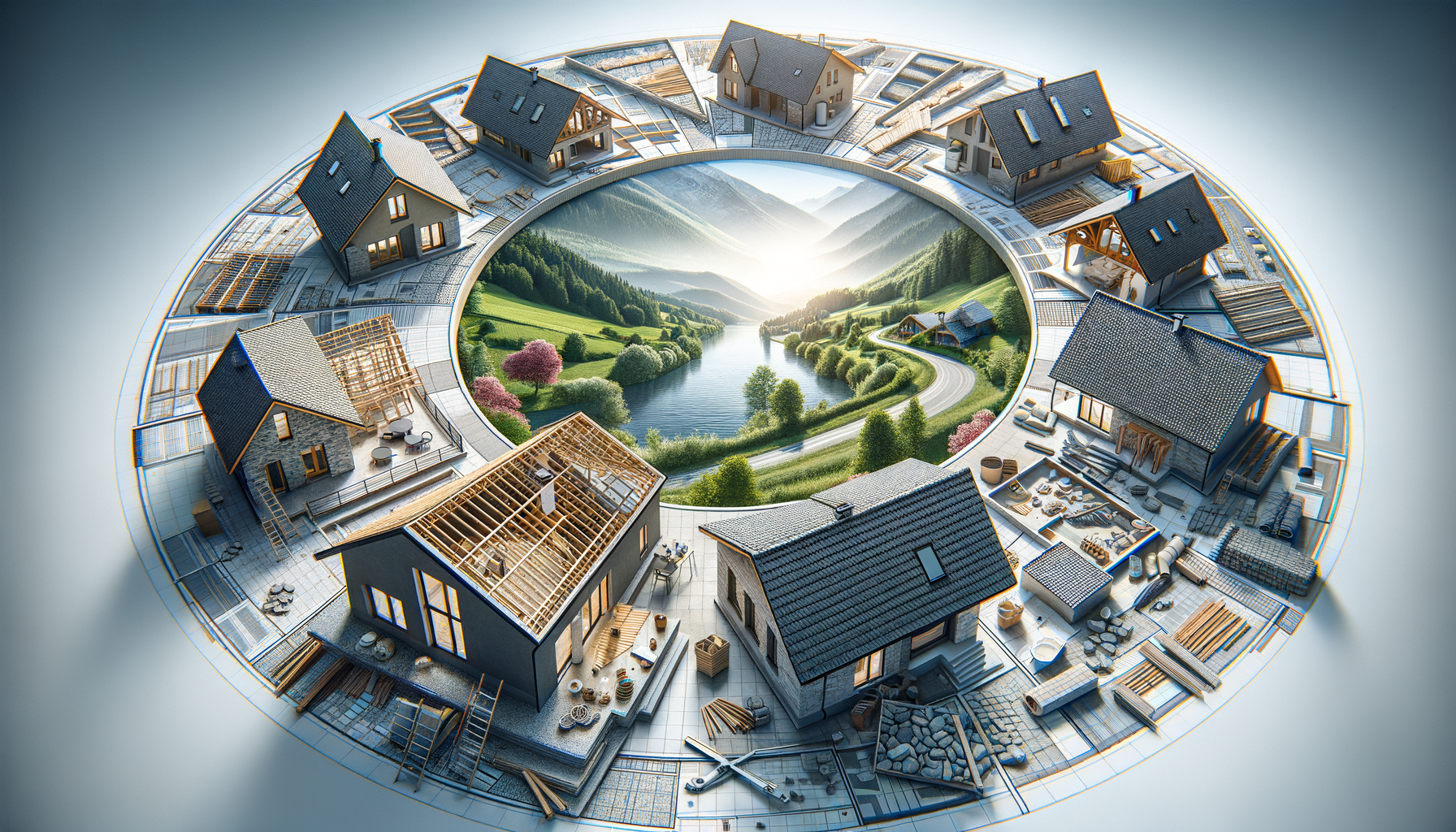Understanding Stone Coated Roofing Systems
Stone coated roofing systems are a revolutionary solution in the roofing industry, offering a blend of durability and aesthetic appeal. These systems are made by applying a stone chip coating to metal roofing panels, typically made of steel. This combination provides a roof that is not only strong and long-lasting but also visually pleasing. The stone coating adds an extra layer of protection, making the roof resistant to harsh weather conditions such as hail, high winds, and heavy rain.
One of the key features of stone coated roofing systems is their versatility. They come in various styles and colors, mimicking the look of traditional roofing materials such as clay tiles, wood shakes, and asphalt shingles. This allows homeowners to choose a roof that complements their home’s architectural style while benefiting from the superior performance of metal roofing.
Moreover, stone coated roofs are lightweight compared to traditional roofing materials, which reduces the structural stress on buildings. This makes them an excellent choice for both new construction and re-roofing projects. The installation process is straightforward, often requiring less time and labor than other roofing systems, which can result in cost savings for homeowners.
Advantages of Stone Coated Roofing
Stone coated roofing systems offer numerous advantages that make them a preferred choice for many homeowners and builders. One of the most significant benefits is their durability. These roofs can last for decades, often with warranties ranging from 30 to 50 years. This longevity is due to the robust nature of the metal base and the protective stone coating, which shields the roof from environmental damage.
In addition to durability, stone coated roofs are known for their energy efficiency. The metal base reflects sunlight, reducing heat absorption and helping to keep homes cooler during hot weather. This can lead to lower energy bills, as less air conditioning is needed to maintain a comfortable indoor temperature.
Another advantage is the low maintenance requirement. Unlike traditional roofing materials that may need frequent repairs or replacements, stone coated roofs require minimal upkeep. This is particularly beneficial in areas prone to severe weather, as the roofs can withstand extreme conditions without sustaining damage.
Stone coated roofing systems are also environmentally friendly. They are often made from recycled materials and are fully recyclable at the end of their life cycle. This makes them a sustainable choice for environmentally conscious homeowners.
Comparing Stone Coated Roofing to Traditional Materials
When comparing stone coated roofing systems to traditional roofing materials, several factors come into play, including cost, durability, and aesthetic appeal. Traditional materials like asphalt shingles and clay tiles have been popular for years, but they come with certain limitations.
Asphalt shingles, for instance, are affordable and easy to install, but they have a relatively short lifespan, often requiring replacement every 15 to 20 years. They are also susceptible to damage from high winds and hail. In contrast, stone coated roofs offer a much longer lifespan and greater resistance to weather-related damage.
Clay tiles are known for their aesthetic appeal and durability, but they are heavy and can be expensive to install. The weight of clay tiles requires a strong roof structure, which may not be feasible for all buildings. Stone coated roofing systems provide a similar look to clay tiles but are significantly lighter, reducing the need for structural reinforcement.
Wood shakes offer a natural and rustic appearance, but they require regular maintenance to prevent issues like rot and insect infestation. Stone coated roofs can replicate the look of wood shakes without the associated maintenance challenges, making them a practical alternative.
Installation and Maintenance of Stone Coated Roofs
The installation of stone coated roofing systems is a straightforward process, typically carried out by professional roofing contractors. The metal panels are designed to interlock, providing a secure fit that enhances the roof’s resistance to wind uplift. This interlocking system also helps to prevent water infiltration, ensuring the roof remains watertight.
During installation, contractors will assess the existing roof structure to ensure it can support the new roofing system. Since stone coated roofs are lightweight, they often do not require additional structural support, which can simplify the installation process and reduce costs.
Maintenance of stone coated roofs is minimal, making them an attractive option for homeowners seeking a low-maintenance roofing solution. Regular inspections are recommended to check for any debris accumulation or potential damage, but overall, these roofs require less attention than traditional materials.
Homeowners should ensure that gutters and downspouts are kept clean to prevent water buildup, which could affect the roof’s performance. Additionally, any damaged panels should be repaired or replaced promptly to maintain the roof’s integrity and appearance.
Conclusion: Is a Stone Coated Roof Right for You?
Stone coated roofing systems offer a compelling combination of durability, aesthetic appeal, and cost-effectiveness, making them a worthwhile consideration for any homeowner. With their long lifespan, energy efficiency, and minimal maintenance requirements, these roofs provide excellent value over time.
For those living in areas with harsh weather conditions, the strength and resilience of stone coated roofs can offer peace of mind. Additionally, the variety of styles and colors available allows homeowners to achieve the desired look without compromising on performance.
Ultimately, whether a stone coated roof is right for you depends on your specific needs and preferences. If you seek a roof that combines the beauty of traditional materials with the benefits of modern technology, a stone coated roofing system could be the ideal solution for your home.




Leave a Reply